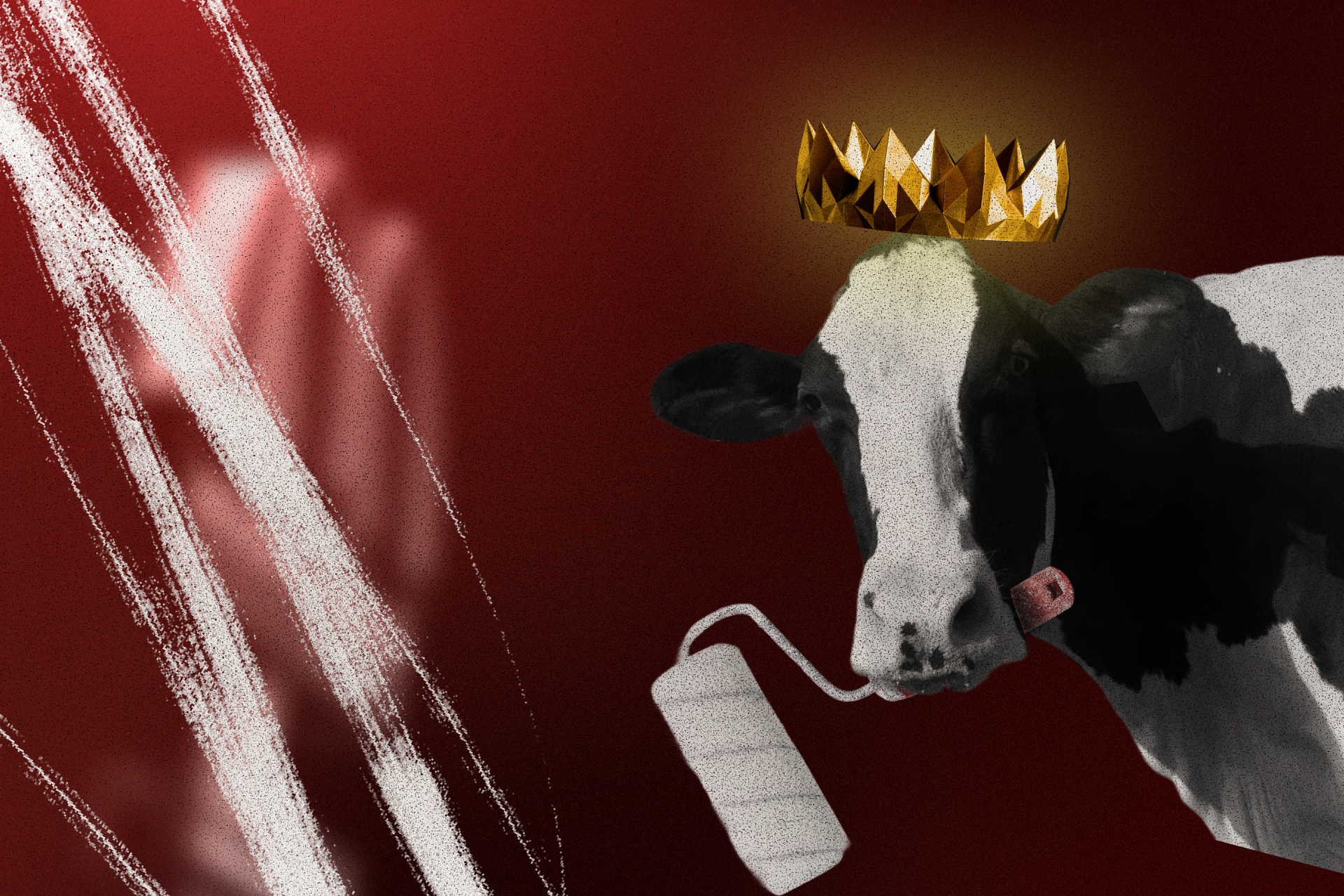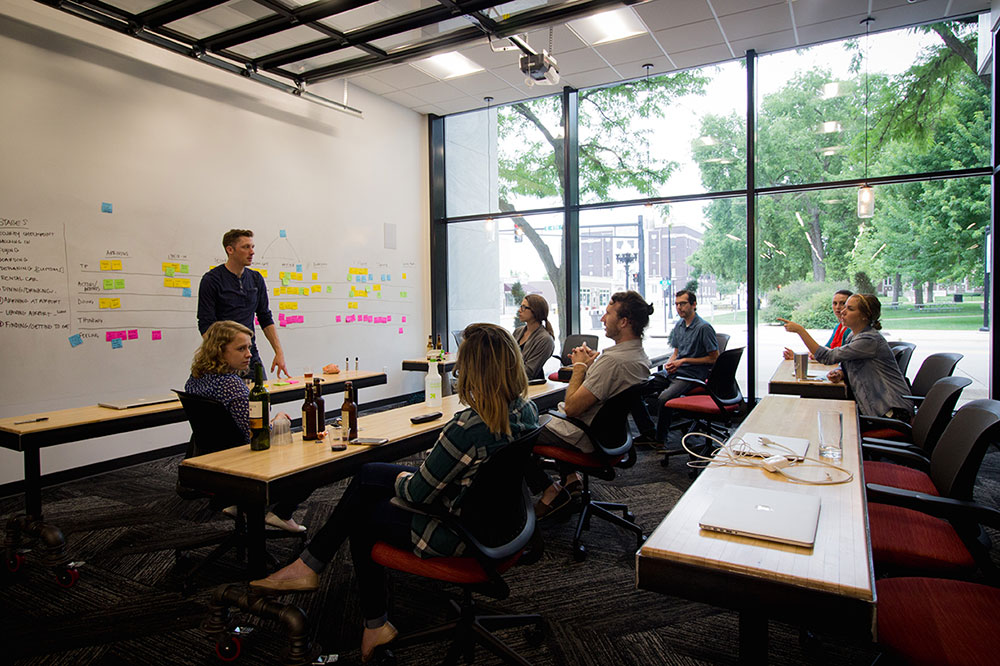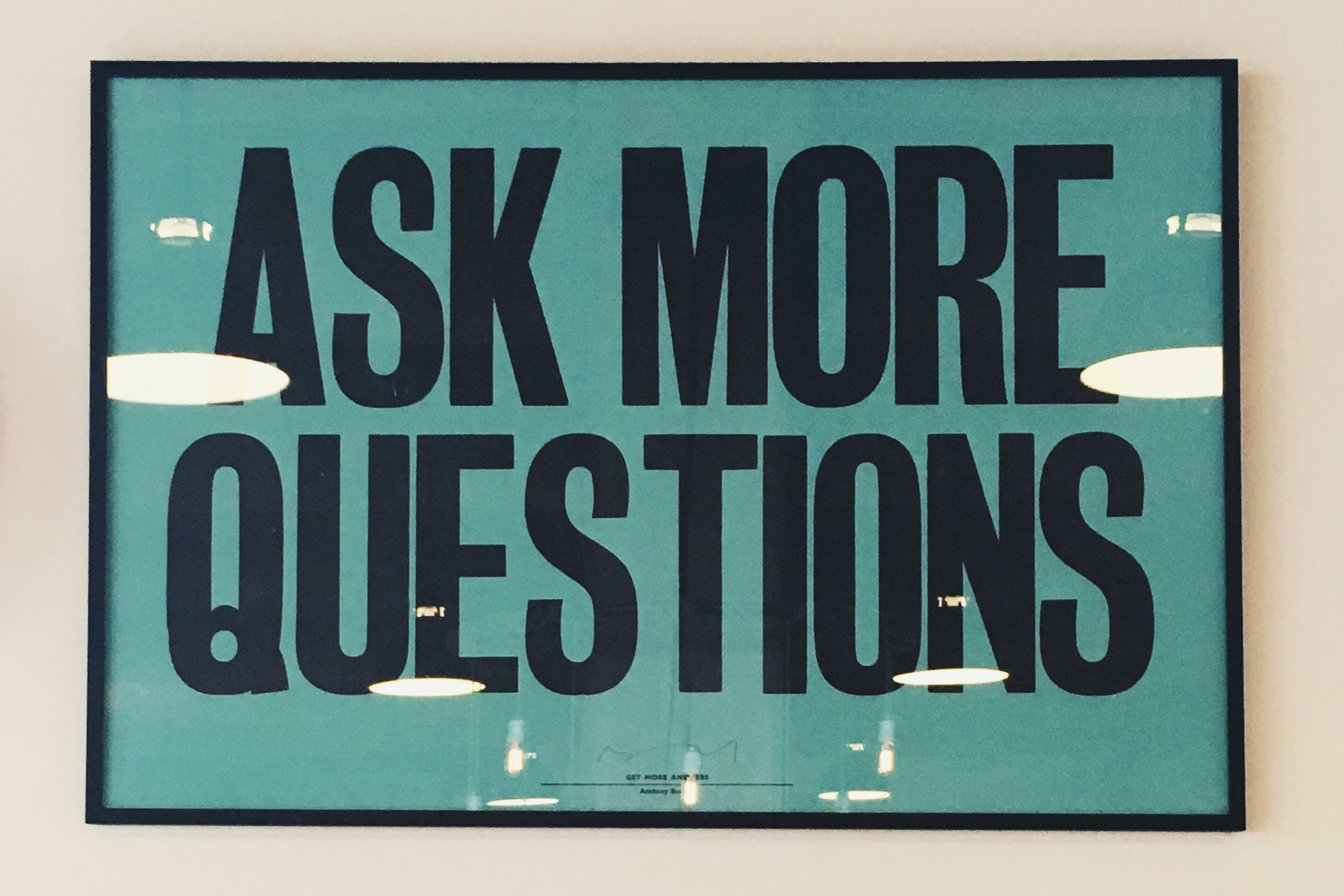Beyond the Keynotes: How Config 2025 Showed Us the Future of UX
5 min read
Looking back at Config 2025
Why it matters: As new tools and AI emerge, the job of a designer isn’t disappearing—it’s evolving. The real value now lies in mastering the skills that go way beyond the screen.
Key takeaways:
- Bridge the Gap: New tools are helping designers and developers speak a shared language, making it easier than ever to build cohesive products.
- From Executor to Curator: AI is unpredictable. A designer’s role is no longer just creating, but strategically shaping and refining what the AI generates.
- Human Skills Reign: The core of design remains the same. The most valuable skills in a world of automation are your ability to build trust, advocate for users, and apply creative thinking.
This year, Riley and Amadeus (two designers from Visual Logic) joined thousands of designers at Config — from contractors and agency folks like ourselves, to big tech players, lean startups, and everywhere in between. There’s something surreal about seeing the tool you use every day become a figurehead that spans giant LED walls, tote bags and apparel, and keynote intros. It’s clear — Figma is not just a design tool, it is a living brand.
And as much as we gathered to hear from speakers, a lot of the real insight came from talking to the people in line, sitting in the lunch area, and walking between stages. Everyone had a different take on the state of design, but a few themes stuck with us:
1. There is a clear Convergence of Design and Development
Whether we like it or not, we’ve noticed the practices of design and development are bleeding into each other. The tools that make us more efficient — auto layout, components, tokens — don’t just help us; they serve as a shared language with engineers.
Designers everywhere are realizing, we are not just making Figma design files anymore. We’re designing, prototyping, and creating mini code experiments that will translate easier to production code.
- Auto-layout has been subtly teaching us CSS flexbox for years.
- Tokens and design systems translate directly to variables that exist in every coding language.
- Figma’s newer features — like CSS Grid and “Figma Make” push the ‘best practice’ of design to be code-ready design, ready to launch as soon as possible.
This changes the job. For us, it might mean less time deep-documenting for dev handoff, and more time building proof-of-concept prototypes that test ideas faster. We’re already seeing this at Visual Logic; client expectations are evolving dramatically. On some client projects, we’re designing small features to validate research before the product team even gets involved. Some of our initial deliverables are shifting from journey maps and wireframes to highly conceptualized workflows and prototypes. Whiteboarding now can involve iterating with fully-designed components and patterns, not just with greyscale skeleton shapes.
We’re hearing that designers who embrace these overlaps will be more valuable, which is clear when it comes to navigating constraints and getting buy-in early. However, the concept of “the fidelity of a thought matches the fidelity of the design” still rings true — we are seeing many more ways that sketches can take shape, and a designer must be aware of the limitations of a sketch — no matter the medium.
Related presentations:
- The rise of the design engineer with Honey Mittal & Sohaib Muhammad
- From prompt to code with Figma Make and Sites
2. AI is non-deterministic… How do we embrace it?
A strange but consistent moment across all the AI demos at Config echo on — someone would always start a demo of a new feature by saying, “We don’t know if this will work like we planned.”
It’s a bit unnerving to stake part of your design process on something that can’t promise a repeatable outcome. But it also opens up a different kind of opportunity — one that centers iteration over execution.
If AI can co-create, explore, and multiply ideas quickly, then the real skill isn’t using the tool — it’s landing the vision that moves the work forward.
In other words: branching, prototyping, and framing intent becomes even more important. The design isn’t the AI output, it’s deciding what to keep, and how to shape it.
Related presentations:
3. Designers Are Still Relevant
One of the best parts of Config? Talking to other designers navigating the same messy realities — the community of design is fierce, and a powerful place to ground ourselves for work.
Despite Figma dominating the design landscape, teams are still working in a variety of ways, under a variety of constraints. Some are still in Sketch. Some are even trapped designing in PowerPoint. Some have five different “design systems”, non of which are truly adopted. Yet somehow, everyone’s trying to make it better.
We heard powerful, honest questions being asked:
- “How do these tools shape — or limit — our practice?”
- “Where does craft fit in a world of AI shortcuts and shipping pressure?”
- “How do we keep meaning in the work?”
The takeaway: our role isn’t just to push pixels. It’s to advocate, interpret, and build trust. A design job is never done, and that’s true whether you’re designing for a startup MVP or a 20-year-old enterprise system. Tools evolve, constraints persist — but design, done well, adapts. And regardless of how the medium evolves, the tools advance, and the techniques change, our creative foundation remains the driving force in our work. We can always adapt, because design thinking is the backbone of it all.
Related presentations:
Wrapping it up
Config reminded us that tools are never neutral. They shape what we make, how we work, and even how we talk about design. But the core of our practice — listening, observing, iterating, aligning — remains the same.
Figma might be the environment. But the work is still ours.





